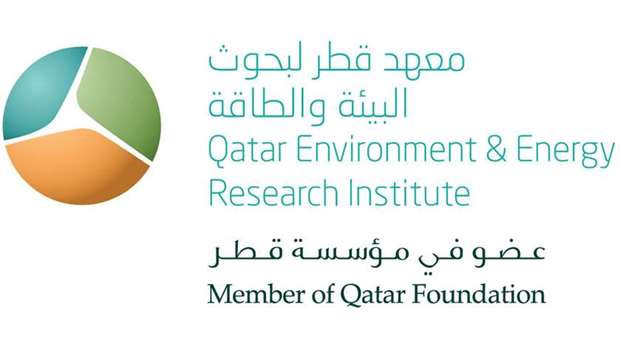In collaboration with Paul Scherrer Institute in Switzerland, the team has successfully demonstrated the formation of a bromine ion-ozone complex on the surface of water, a clear signature of an ozone depletion process involving aerosols, liquid droplets and seawater interfaces.
This "groundbreaking achievement" was made possible by combining the results of X-ray photoelectron spectroscopy experiments carried out at Paul Scherrer Institute and advanced simulations performed at Qeeri, a press statement noted. The study was published in Nature Communications recently.
Ozone is a powerful chemical reagent and understanding its interactions with bromine ion present in the atmosphere and on the surface of sea water is of global interest. This study holds special value for coastal areas subject to intense pollution. As such, it can provide insights into the causes and intensity of the ozone cycle in Qatar.
Ivan Gladich, a scientist at Qeeri and corresponding author for this research, said: “The modelling part is necessary to provide a molecular picture and to understand the chemical phenomena observed in the experiments. The facilities at Qeeri enabled us to carry out the calculations and simulations necessary to support, endorse and, in some cases, also re-direct the experimental work undertaken in Switzerland.
"This research further shows that the combination of experimental and modelling approaches is a powerful and indispensable tool for analysing chemical processes. In particular, a combined approach is very important when treating problems involving interfaces of atmospheric and technological relevance, including aerosols, catalytic substrates and bio interfaces.”
This work has significant impact and will influence forthcoming studies in several fields, including atmospheric chemistry and wastewater treatment, the statement points out, adding that the outcome of this research will affect future modelling and the forecasting of atmospheric pollutants, especially in the presence of seawater, sea spray aerosols and vehicular emissions.
Marcelo Carignano, a senior scientist at Qeeri and a co-author of the study, added: “This research will help with the interpretation of ozone interactions, and in turn, help large scale modelers gain a better understanding of weather pollution.”

Researchers from Qatar Environment and Energy Research Institute (Qeeri), part of Hamad Bin Khalifa University (HBKU), have discovered a new chemical mechanism that removes atmospheric ozone from the surface of water droplets and seawater.


